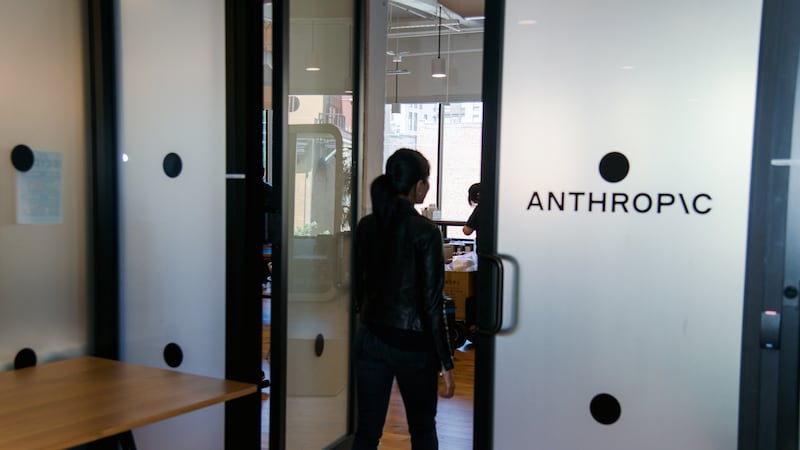Here, as if anyone needs reminding, are some of the problems with the Irish housing market: high property prices, rising rents, lack of supply, dereliction, empty floors above commercial premises, shortage of skilled labour and the increasing costs of building materials. Now, as Cop26 continues in Glasgow, consider the need to retrofit more than 500,000 dwellings in the next 10 years to increase energy efficiency and meet climate change targets, and the ambitious pledge to build 310,000 homes by 2030 as outlined in the Housing for All plan.
Who is going to do all the building and retrofitting?
In September, Minister for the Environment Eamon Ryan said this should be regarded by young people as an opportunity, with jobs for 55,000 people over the next 30 years; he said 27,000 skilled workers would be needed for the retrofitting programme alone. He said the shortage of such workers was a problem throughout the western world, adding: “We need a new generation of construction workers.”
This week, Minister for Further and Higher Education Simon Harris told the Joint Committee on Education that while Covid-19 caused “huge disruption” for the education system, it provided the chance to change and reform it. In considering how to move beyond a “narrow view of options post school” and beyond the points race, Mr Harris said one of his priorities was to “enhance the visibility of further education and training and apprenticeships options for school leavers”.
One positive step is the Minister’s confirmation that this year’s college applicants will be the first to be able to apply for further education and training courses and view apprenticeship options on the CAO website, which opens for registrations on Friday, November 5th. (In September Mr Ryan said there were 4,000 construction industry apprentices this year, but that this needed to increase to 10,000.)
School competition
In an effort to mobilise the creative energy of secondary students who are interested in the built environment, the Construction Industry Federation has just launched its 2021-2022 Building the Future competition in partnership with Sherry FitzGerald estate agents and supported by institutions including Solas (the State agency for further education and training), TUD, the Institute of Guidance Counsellors and the TUI. The brief for students is to work in groups to plan, design and market a new residential development in an urban or rural setting that has a positive environmental impact, is sustainable, minimises greenhouse gas emissions and enhances the locality for its residents.
It’s a novel project for students in senior cycle and in Youthreach who are thinking about careers in architecture, engineering, sustainability, construction and related trades and disciplines – and especially suited to those in transition year who have a bit more time. While this year’s transition years are getting to do more extracurricular activities, sports and trips than those who came through the grimness of last year, their opportunities for work experience are still limited.
Entrants need to consider innovation in construction techniques, efficient heating systems and renewable energy sources. As well as writing a project report, they must create outline drawings to include site plans, elevations and floor plans, interior design and landscaping. A marketing and promotion plan is also required. They must develop a physical or digital scale model and for this the federation has joined up with Autodesk, a design technology partnership that will give teams access to design software and to a collaborative platform – and a tutorial over Zoom to set them up.
They won’t be laying blocks or installing heat pumps, but it’s a way of introducing building technology to the generation the Ministers seek to inspire. The competition runs until March 1st, 2022, and the top three prizewinners will get to present their designs at Ireland Skills Live in the RDS later that month.
For more details, and to enter, see cif.ie/cifchallenge/ or email challenge@cif.ie















